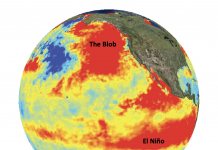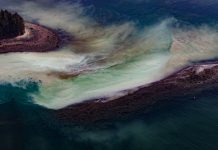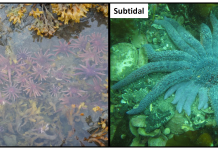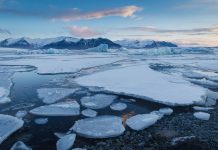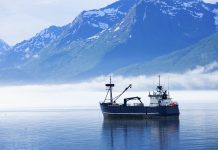Open Access Government produces compelling and informative news, publications, eBooks, and academic research articles for the public and private sector looking at health, diseases & conditions, workplace, research & innovation, digital transformation, government policy, environment, agriculture, energy, transport and more.
Home 2024
Archives
Seabirds and humpback whales give early warning to marine heatwaves
Lauren Bien from Prince William Sound Science Center and Mayumi Arimitsu from USGS, Alaska Science Center and additional contributors, John Moran and Rob Suryan, Alaska Fisheries Science Center explain how seabirds and humpback whales provide early warning signals during extreme marine heatwaves.
Forage fish: Pacific herring in Alaska
W. Scott Pegau and Hayley Hoover discuss the plight of forage fish, with a particular emphasis on understanding the lack of recovery of Pacific herring in Prince William Sound, Alaska.
Climate, heatwaves, nearshore ecosystems and the sunflower sea star
Sarah Traiger, Biologist at the U.S. Geological Survey, in this wide-ranging analysis, examines climate, heatwaves, nearshore ecosystems, and the plight of the sunflower sea star.
Food webs and fish: Ocean climate change in Alaska
Open Access Government talks to ocean climate expert Dr. Robert Suryan, who is the lead of an ecosystem studies program at the Alaska Fisheries Science Center’s Auke Bay Laboratories.
Gulf Watch Alaska: Long-term research and monitoring in the Gulf of Alaska
Within the Gulf of Alaska, in the North Pacific Ocean, three major events - both natural and human-caused – resulted in large-scale ecosystem changes during the last 50 years.

